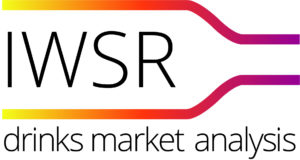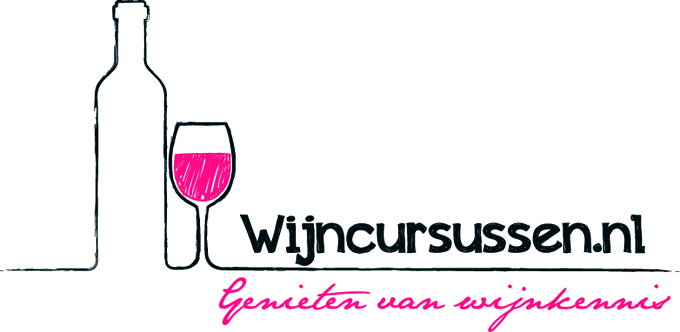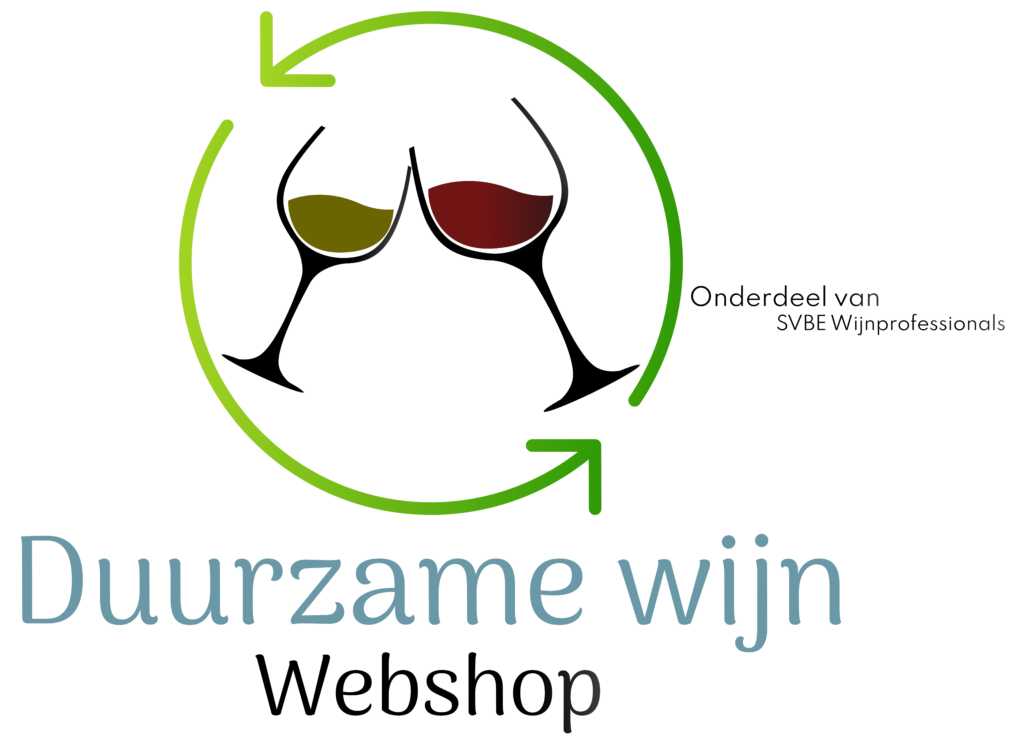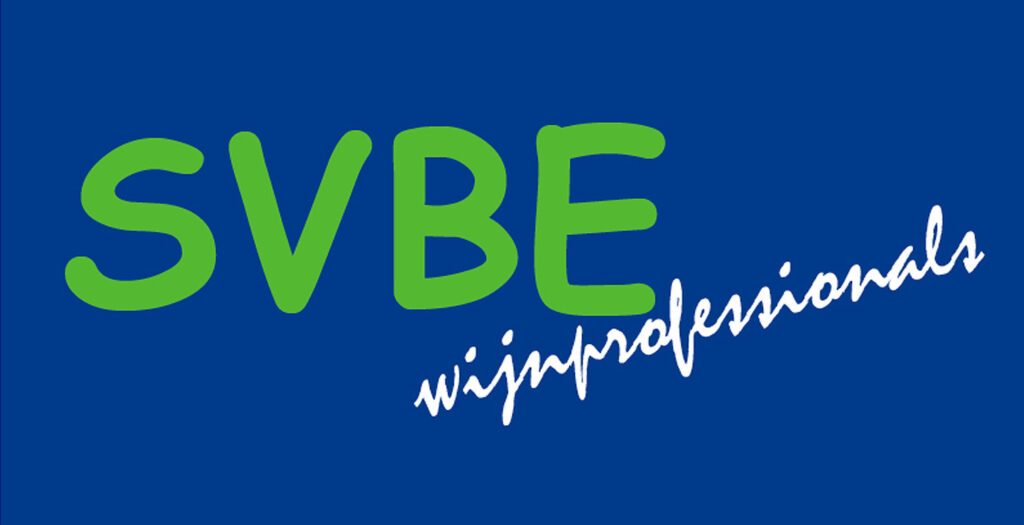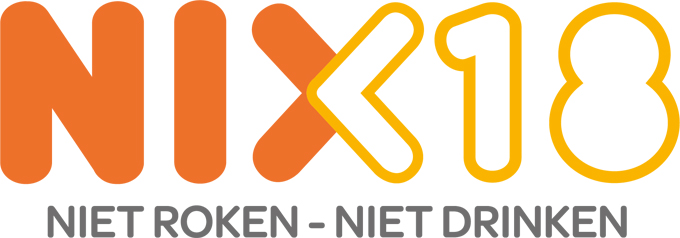The power of pink continues to influence alcoholic drinks innovation, crossing category, generational and gender boundaries, according to the IWSR, the leading source of data and analysis on the alcoholic beverage market. So-called ‘Millennial Pink’ is everywhere from fashion to films and is the perfect colour trend for the drinks industry, allowing an exploration of natural pink colours and flavours.
Spurred by the popularity of rosé wine over recent years, pink appeals to consumers across all ages and genders around the world. The colour pink is no longer for females only. The popularity of the #Brosé social media hashtag showed rosé wine to be more about flavour and lifestyle. According to the IWSR Vinexpo Report 2011-2021, global sales of rosé wine are forecast to grow by 15m nine-litre cases between 2016 and 2021, reaching over 250m cases and outperforming the 14m-case growth it achieved between 2011 and 2016. The largest of rosé’s gains are coming from established wine markets such as the US, France, South Africa, Denmark and Australia.
The love of rosé wine has inspired numerous rosé-flavoured launches in recent months, including Hanger One rosé vodka and Nauti Seltzer rosé flavoured hard seltzer. But it’s rosé ciders that are making the most impact. Key launches from mainstream brands such as Crispin and Angry Orchard are bringing the category to the masses, generating buzz among both cider consumers and those into the moderation trend. Rosé cider, with a lower ABV than wine or mixed drinks, offers a perfect solution to those looking for a refreshing lower-alcohol drink. Despite a drop in global cider volumes in 2016 the category is expected to increase by over 12m nine-litre cases between 2016 and 2021; innovation within the category is critical to maintain momentum.
Pink gin (which dates back to the early 1800s) is also enjoying a resurgence thanks to this colour trend. Traditional pink gin consisted of Plymouth gin with Angostura bitters, resulting in a darker pink-orange shade. Today, the hues are often lighter pink, and the flavours are fruity or floral. Recently released special editions include pink-hued gins flavoured with rose petals and other floral botanicals like hibiscus and chamomile, such as Liverpool Rose Petal Gin and Edinburgh Valentine’s Gin.
Pernod Ricard is set to launch Beefeater London Pink, a new strawberry flavoured dry pink gin in time for the summer season in the UK and Spain. The brand is targeting ‘gender-neutral’ Millennials. Gender issues and inequality are ongoing hot topics that brands are incorporating into their marketing messages with growing frequency. Independent Scottish brewer BrewDog celebrated International Women’s Day by renaming their Punk IPA to Pink IPA to combat sexist marketing and highlight the “global scourge of gender pay inequality”.
IWSR’s Radius innovation tracker reports that colour is set to continue to be a key trend in 2018, with social media being a key driver behind the trends. “With most people permanently carrying a high-quality camera, and Instagram growing in both reach and influence, we’ve arguably never lived in a more visual culture. The exact shade isn’t crucial; what is, is an understanding by brands that colour is both an easy shortcut when it comes to reaching a desired consumer base, but that it will become ever-more central to ultimate success.”
Dit delen:
- Klik om te delen met Twitter (Wordt in een nieuw venster geopend)
- Klik om te delen op Facebook (Wordt in een nieuw venster geopend)
- Klik om te delen op Telegram (Wordt in een nieuw venster geopend)
- Klik om te delen op WhatsApp (Wordt in een nieuw venster geopend)
- Klik om dit te e-mailen naar een vriend (Wordt in een nieuw venster geopend)

